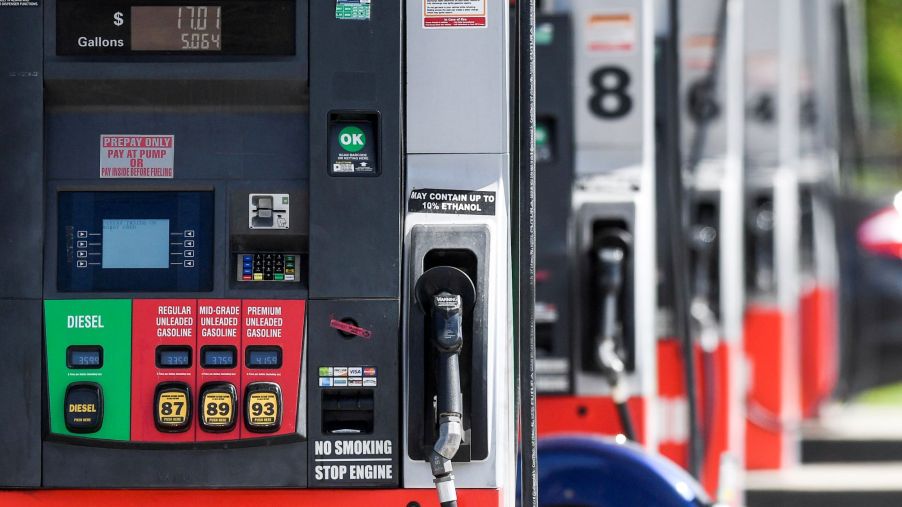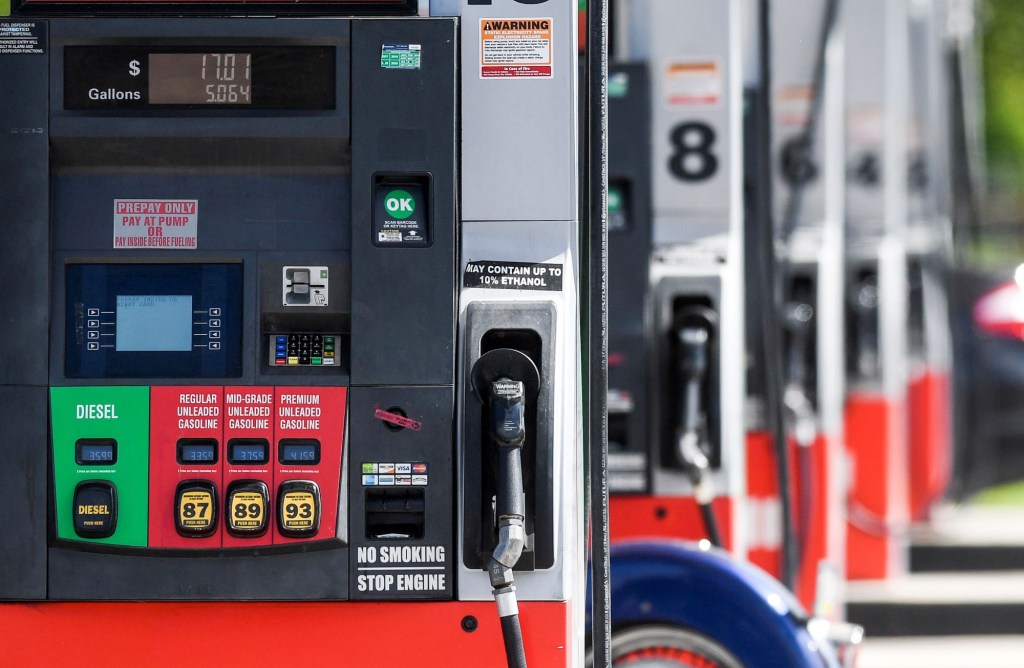
How to Pump Gas to Get More For Your Money
Fuel economy is often a big concern for drivers when choosing a car. Even the most efficient vehicle can seem like a gas guzzler when fuel prices are high. By the end of November, the national average had hit $3.40 per gallon, and fuel is even more expensive in New England and California.
Gas prices fluctuate frequently. We’re hopeful that they’ll fall before another significant increase. In the meantime, drivers are always looking for ways to save money at the pump. Here are some of the best tips you should know, inspired by NV Roofing.
Slow down while you pump

Next time you fill up, don’t squeeze the trigger too tightly. The process of pumping fuel isn’t just depositing gas into your car’s tank, you’re also creating vapors in the air. When you pump gas too quickly, you make more of these vapors that take up more space where actual gas should be.
In contrast, pumping your gas at a leisurely pace creates fewer of those vapors. While the price difference might not be that much, a few cents here and there can add up over time.
Regular gas is good enough
Unless you’re gearing up your sports car for a day at the track, you can opt for standard fuel over premium gas. Some owner’s manuals often recommend filling up certain vehicles, especially those with turbocharged engines using premium fuel. For most vehicles, premium fuel yields little performance benefits or higher gas mileage.
You should be more concerned about the number of detergents in your fuel of choice. For example, Top Tier gasoline is manufactured with higher detergent levels, increasing your gas mileage and reducing harmful emissions.
Stop topping off your tank with gas
It’s a common misconception that topping off your tank saves you money. However, thanks to the Venturi effect, the pump knows how to automatically stop dispensing gas once your tank is full. Air needs to come out of the tank as it’s filled, which goes into a small tube inside the pump.
As the tank becomes full, that tube starts sucking up the gas that your tank doesn’t need. In a few moments, the pump will shut off. If you try to pump any more fuel afterward, the only thing you’ll accomplish is sucking gas back into the pump!
Are you using your money wisely at the pump?
It also pays to be aware of any gas discounts you can use at the pump. For example, some gas stations offer promotional prices if you pay in cash or with a debit card.
Credit card users report paying more for gas than those who don’t. According to Consumer Reports, this is often because credit cards are subjected to bank fees of up to eight cents per gallon.
Even if your favorite pit stop offers a cash discount, you should still compare it to other prices in the area. Consumer Reports also warns that, in some states, gas stations will only display the lowest possible cost per gallon on signage. That number might only be for cash-carrying customers, which obviously wouldn’t apply if you only have a credit card.
If you see a tanker refilling the gas pumps, come back later. The process of refilling the pumps aggravates debris that could get inside your car’s fuel filters. PocketSense also advises you to refuel on Monday, when prices are historically lower.
Remember the old saying “time is money”? If you want to avoid idling and wasting fuel, try to fill up your tank on Monday and Tuesday mornings, when the lines are the shortest. Just remember to use innovative pumping practices to make the most of your visit.


